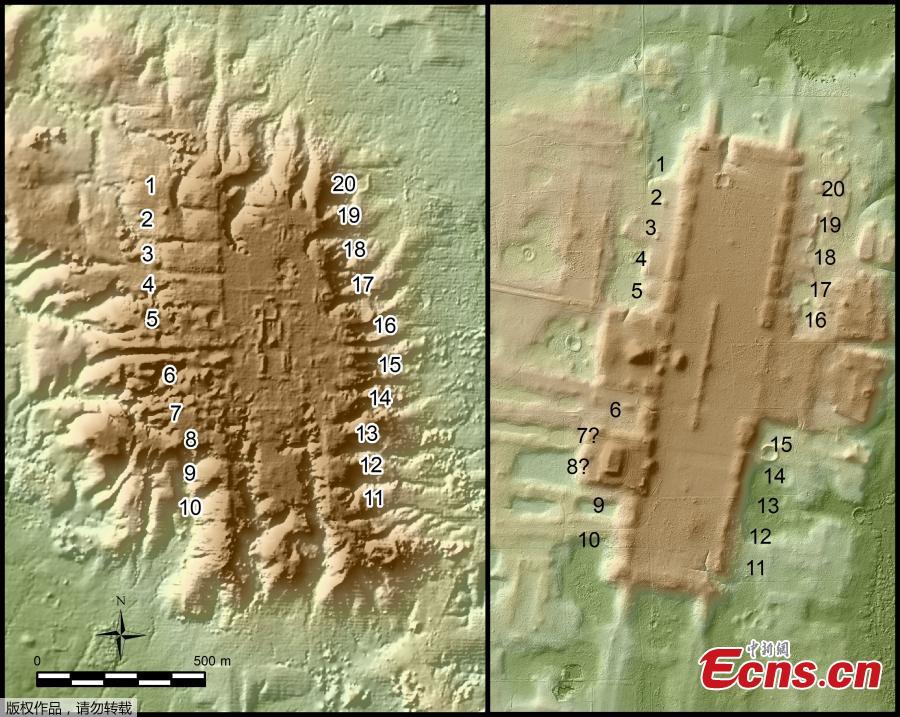
A lidar-based aerial view from June 2021 of the ancient Olmec site of San Lorenzo (left) in Mexico's Veracruz state and the Preclassic site of Aguada Fenix in Mexico's Tabasco state in the western Maya area, with newly identified structures numbered are seen in this handout image. (Photo/Agency)
The remote-sensing method, called lidar, pinpointed 478 ceremonial centers in areas that were home to the ancient Olmec and Maya cultures dating to roughly 1100-400 BC, researchers said on Monday.
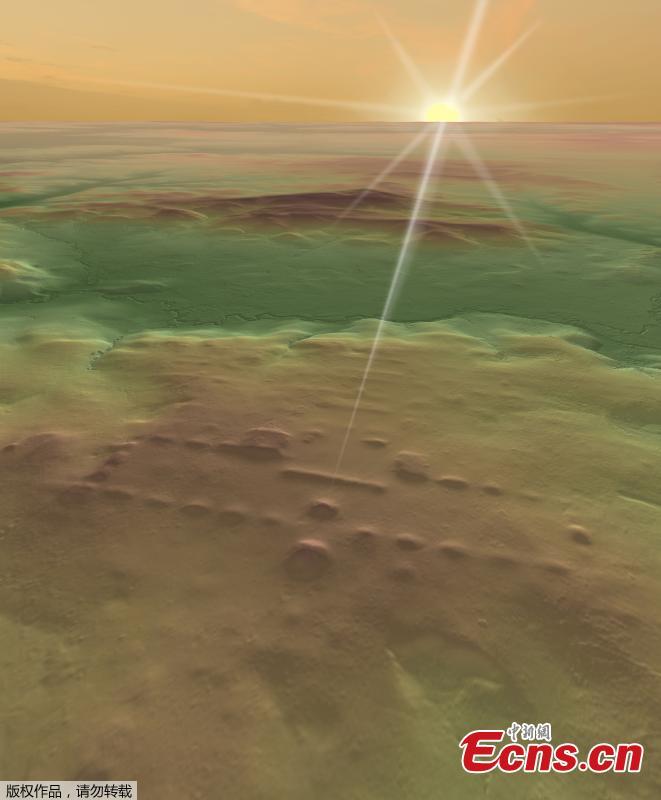
A lidar-based three-dimensional image from July 2021 of a large rectangular plaza at the ancient archaeological site of Buenavista in Mexico's Tabasco state is seen at sunrise in this undated handout image. (Photo/Agency)
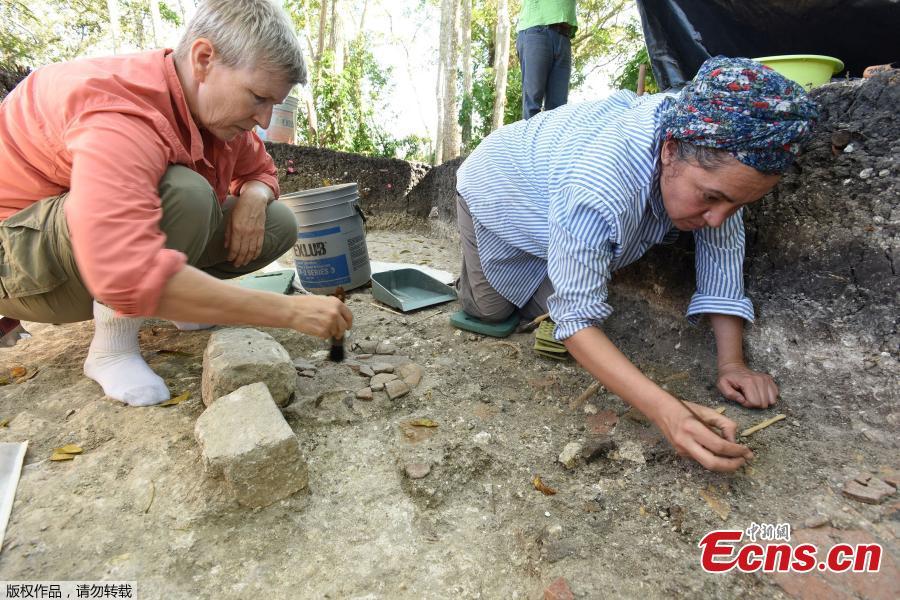
Researchers Daniela Triadan and Veronica Vazquez engage in excavation work at the Aguada Fenix archeological site in Mexico's Tabasco state in March 2020. (Photo/Agency)









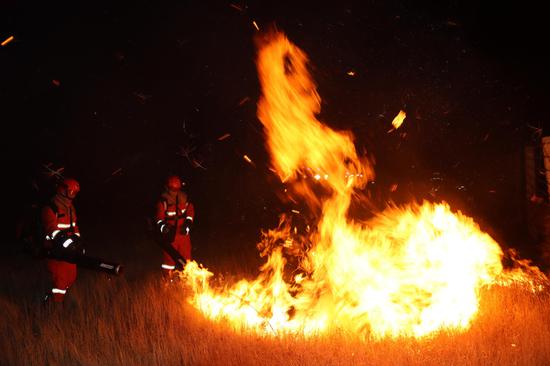
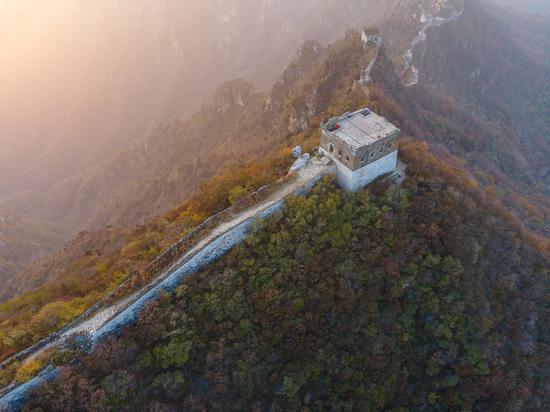



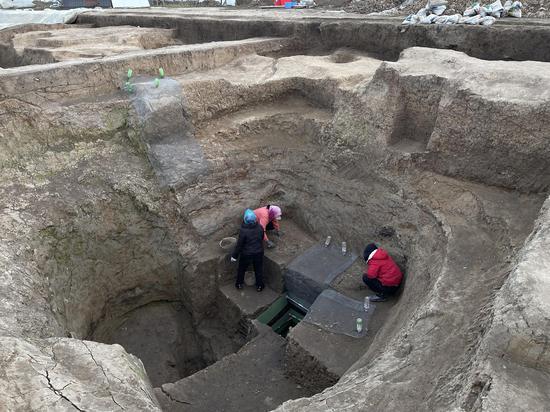




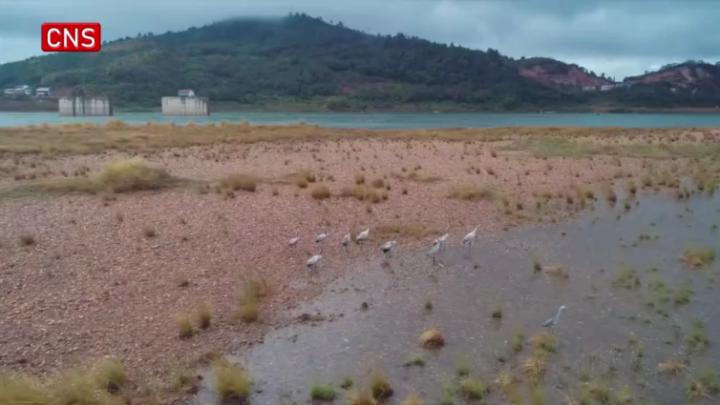

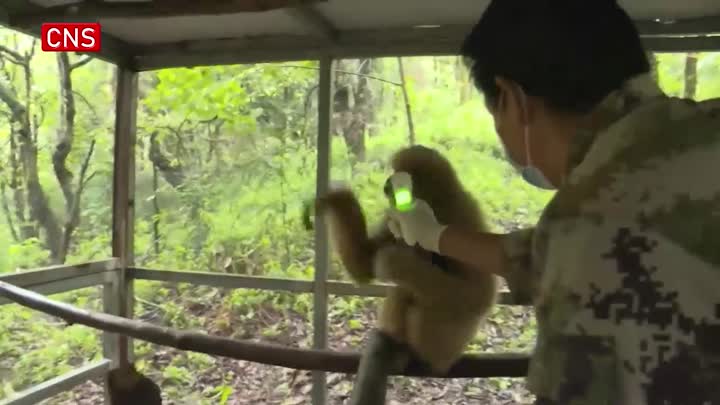

 京公网安备 11010202009201号
京公网安备 11010202009201号